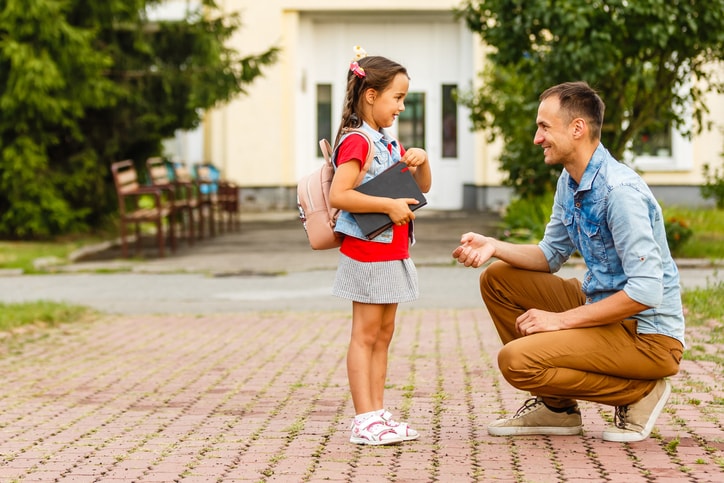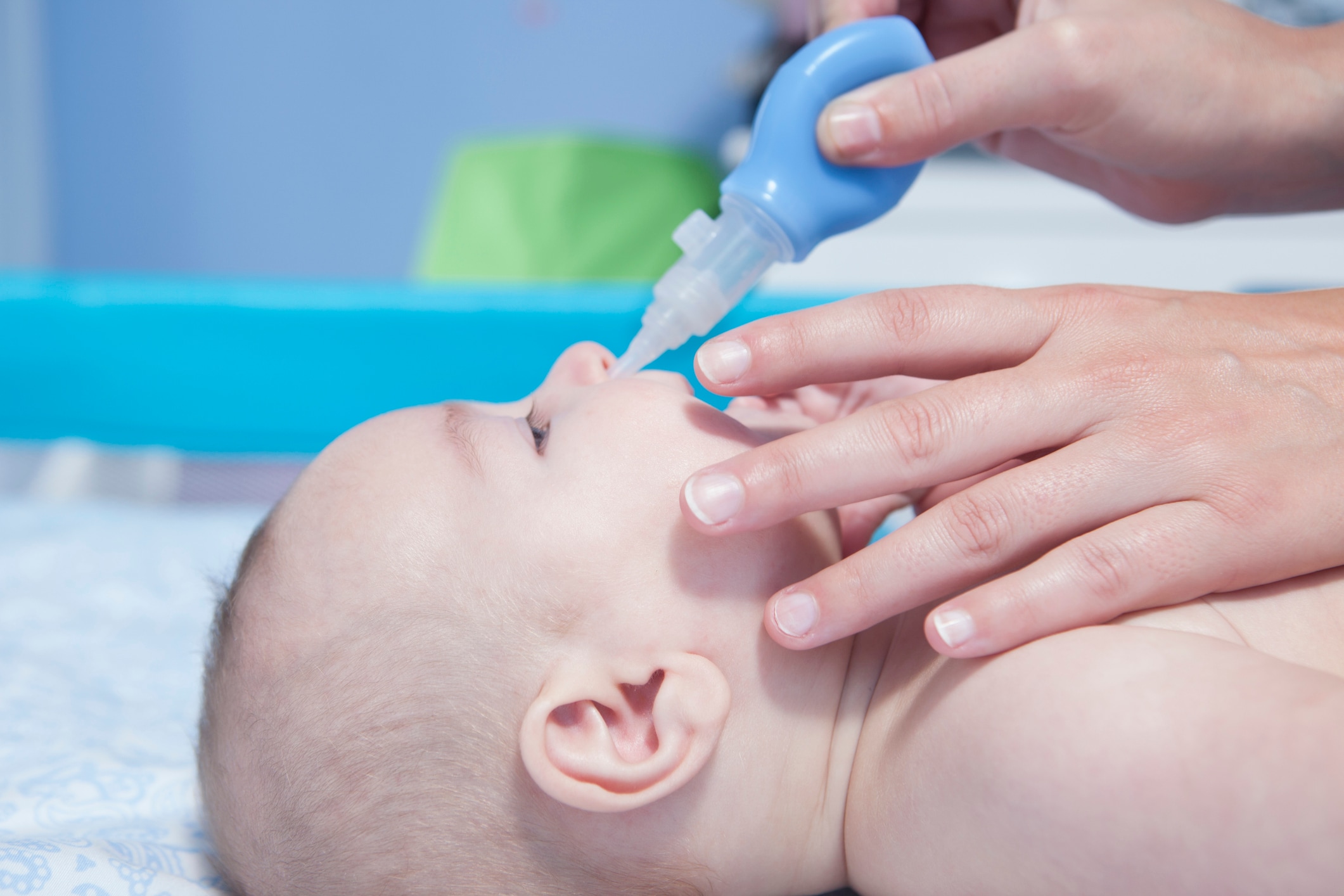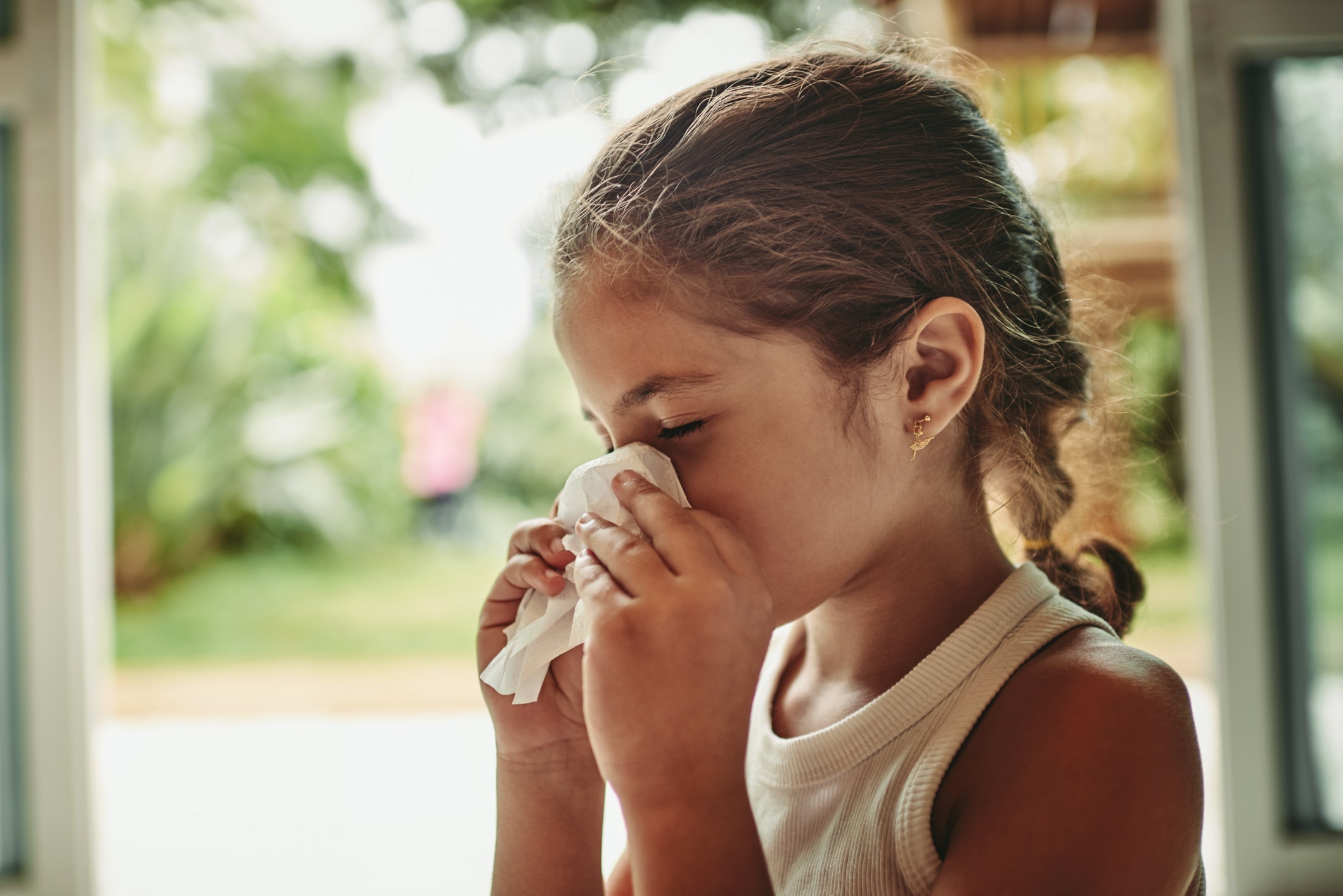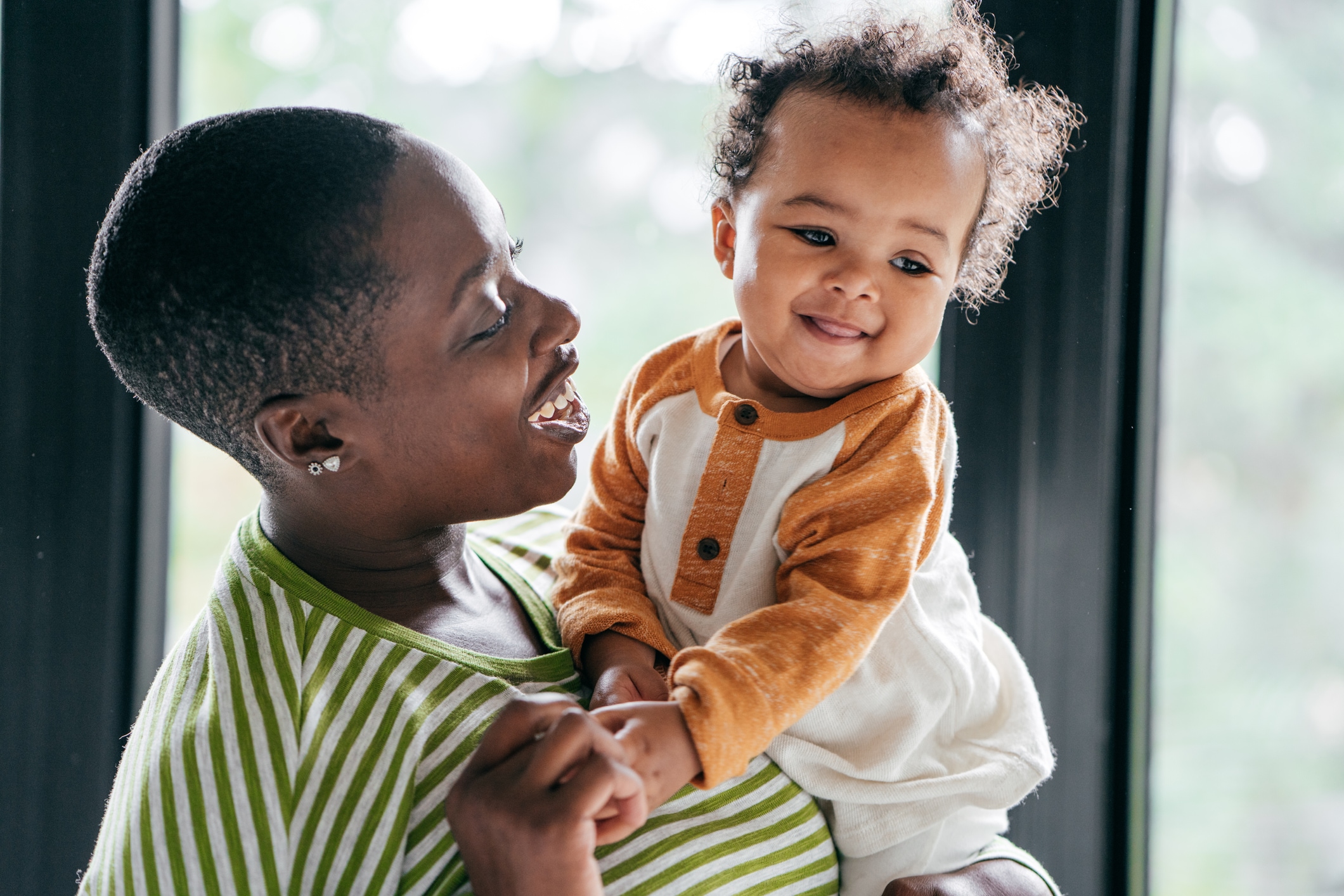Just as summertime comes with its own set of safety rules for kids (“Wear your helmet!” “Never go in a pool unattended!”), there are back-to-school safety rules to follow, too. Sure, kids will be in a more structured environment, but the start of a school year brings on new situations, which calls for a rule revamp.
“The school year differs significantly from summer, presenting new challenges and potential risks,” notes Kimberly King, founder of Tough Topics Mom and author of “Body Safety for Young Children: Empowering Caring Adults.” “It’s crucial not to overlook the importance of discussing safety measures with children that reduce the risks of emotional and physical harm amidst the hustle and bustle of preparing for a new school year.”
Parents should initiate conversations about safety, King notes, in order to empower their children with the knowledge and skills they need to navigate the summer-to-school transition.
Why are back-to-school safety tips important?
Simply put, a change in routine requires a change in rules.
“It’s always important for parents to talk with kids about how they can practice safety — whether it’s home, adventuring, shopping, in transit or in school,” notes Claire Marie, a school emergency management expert, trauma-informed practices consultant and author of “Sammy The Sasquatch: Welcome to Crittertopia.” “So as kids return to school, parents should continue to talk with them about how they can be safety experts.”
“Safety that centers around playful activities, vehicles, crossing the road or walking through a parking lot still rings true during the school year,” Marie continues. “However, there is the added element in the school building [or on the bus] where adults, especially teachers, are responsible for managing large numbers of children in both calm and stressful times. It’s vital that kids know their responsibilities in an emergency, which can be a stressful time for kids and teachers.”
“If parents discuss with their kids how to be empowered to keep themselves safe before they return to school, their kids will be that much more prepared if there is ever an emergency at or on the way to school,” Marie notes.
“If parents discuss with their kids how to be empowered to keep themselves safe before they return to school, their kids will be that much more prepared if there is ever an emergency at or on the way to school.”
— Claire Marie, school emergency management expert, trauma-informed practices consultant and author
Back-to-school safety tips
Here are the areas in which experts recommend addressing safety with kids before the school year starts.
1. Walking to school and home after school
Just like determining the age your child is ready to stay home alone, figuring out when they’re ready to walk to school is personal. “The developmental capabilities and limitations of the child need to be considered in order to make this decision,” notes Florence Ann Romano, a child care advocate and author of “Build Your Village,” who recommends waiting until kids are around age 10.
If you think your child is ready to walk to school alone, here’s how to prep them, according to Romano, King and Marie:
- Practice walking around the neighborhood and the route to and from school.
- Remind them to use designated crosswalks, obey traffic signals and look both ways before crossing.
- Encourage the use of reflective gear, especially during darker mornings or evenings.
- Establish a walking buddy system with friends or neighbors, which can, according to King, give an added sense of security and companionship.
- If your child has a phone, turn location settings on (for you only!) so you can make sure they arrive at school.
- Turn location settings off on apps like Instagram and Snapchat, which can give strangers an idea of your child’s route.
- Discourage the use of phones while walking.
- Review stranger danger tips: Don’t talk to strangers; don’t get a ride home from anybody; if they’re worried a car or person on foot is following them, they should call their parents and 911.
2. Taking the bus to school
For kids who take the bus, King says to emphasize the importance of waiting in a safe area away from traffic. She adds: “Never cross in front of a bus unless the warning arm is down and you get the signal that it is safe to cross and all cars have stopped.”
When kids are on the bus, King notes, make sure they know to stay seated and buckled and they’re following the instructions of the bus driver.
It’s also crucial to make sure kids know to “only get off the bus at their proper stop,” says Marie. “And if there is a person the kids don’t recognize, waiting at their usual bus stop, and no known caring adults in sight, have them inform the bus driver.”
Finally, Romano adds, the bus is a good time to practice kindness and acceptance. “Where you sit on the bus, and with whom you sit, seems to be a consistent theme about school,” she says. “Remembering to instill kindness and manners is an important part of this co-mingling.”
3. Basic first-aid scenarios
Knowing some basic first aid is particularly important if your child walks to or from school, and most likely, King notes, they’ve already learned quite a bit from you!
“Make sure to teach kids how to clean up small scrapes and cuts and keep a few Band-aids in their backpacks,” she says. “Talk about how to recognize the signs of common illnesses, and know when to seek adult assistance. If a child feels sick to their stomach or feels hot and achy, they should alert a safe adult or seek help from the school nurse.”
It’s also important, Marie notes, to teach kids what to do when a friend gets hurt. “If someone is hurt, call for help and then stay with them,” she says.
“Review with kids how to signal a choking event by using sign language and finding an adult fast,” King says. “Ideally, review with them that they need to eat slowly, not talk with their mouth full and keep pens and pencils out their mouth!”
Finally, if they use an EpiPen, says Romano, make sure they know where it is, it’s easily accessible and they know how to administer it.
“Review with kids how to signal a choking event by using sign language and finding an adult fast.”
— Kimberly King, founder of Tough Topics Mom and author
4. Body boundaries
“Make sure your children know that nobody is allowed to touch them in any way without their consent,” King says. “If somebody tries to cross a body boundary, they should move away from the person who is bothering them and report the problem to [a caring adult].”.”
5. Social media
Kids and social media is a subject unto its own, but as far as back-to-school safety tips go, it’s worth touching upon.
“What ends up on social media follows kids their entire lives,” Marie says. “Kids these days face greater challenges with being exposed to and responsible for their social media digital footprint much earlier in life than previous generations. This makes it much easier for poor decisions and unfortunate mistakes to follow kids much longer into their adulthood. It also creates risk of kids being exposed to inappropriate content from other kids and adults.”
King doesn’t recommend phones for kids under 13; however, each family is different. If you do give your child a phone, King recommends parents consider a Bark Technology Phone, which “monitors texts, email, YouTube and 30+ apps and social media platforms for signs of issues like cyberbullying, sexual content, online predators, depression, suicidal ideation, threats of violence and more,” she says.
No matter which avenue you go down, it’s important to have a conversation about social media with your child and teach them the “importance of privacy settings, not sharing personal information with strangers and being mindful of their digital footprint,” says King.
6. Emergency plans
Before crafting your own plan, Marie recommends checking with your child’s school on their safety protocols and emergency responses. She says, “They should have a list of key protocols, like lockdown, evacuate and shelter-in-place, on which staff and students are trained and drill regularly.”
“All schools are different,” Marie continues, “but know that in the event of an emergency, it is usually best to not drive to your kid’s school. This keeps the roads clear for police, firefighters and emergency medical services to reach your kids as quickly as possible so they can do their jobs.”
Marie also explains that while it’s important that kids always take emergency announcements seriously and remain calm, they should know that “just because an emergency protocol has been called does not mean that something horrible is happening.”
“All schools are different, but know that in the event of an emergency, it is usually best to not drive to your kid’s school.”
— Claire Marie, school emergency management expert, trauma-informed practices consultant and author
7. Unsafe or uncomfortable situations
Sometimes kids can find themselves in situations they’re not comfortable in — even if they’re with their friends. In the event of this, consider having a “safe word,” which essentially is code for “pick me up, but I don’t want to explain why in front of my friends.”
“If your child texts or calls and says the word or phrase,” says King, “you come immediately, no questions asked and agree to discuss the problem when you get home.”
8. ‘See something, say something’
Telling and tattling isn’t the same thing — discuss the difference with your child. “I encourage parents to talk about how it is always OK for kids to talk and tell,” King says. “Especially when it might involve safety, bullying or something that creates emotional stress for a child.”
“Teach your child that if they hear others talking about hurting themselves or others — tell,” she continues. “If they see something that does not belong in school, such as weapons, knives, guns, medications, drugs, vapes, gummies, etc., notify a safe adult, such as a teacher, principal or security officer, immediately.”
9. School anxiety
New school years often bring on anxiety. The following tips, according to King, Marie and Romano, can help assuage start-of-school jitters and make for a smoother transition:
- Visit the school beforehand, if possible.
- Establish a routine.
- Teach relaxing techniques, such as deep breathing exercises.
- Talk with kids about any anxiety they’re feeling.
- Give your child a special piece of jewelry (or backpack charm) that reminds them of you.
Also, work to empower your child by taking a “strengths-based approach,” Marie says.
“Ask your kids about different ways they keep themselves safe every day, like riding a bike, tying their own shoes or looking both ways before crossing the road,” she says. “It helps to alleviate the stress of bigger concepts of safety when you highlight that kids and adults practice safety all the time, every day.”
“Ask your kids about different ways they keep themselves safe every day, like riding a bike, tying their own shoes or looking both ways before crossing the road.”
— Claire Marie, school emergency management expert, trauma-informed practices consultant and author
Finally, make an effort to keep your cool if your child has first-day-of-school jitters. “Your kids will co-regulate with you,” Marie adds, “they will match your energy and emotions during these conversations, so try to be calm and grounded.”





